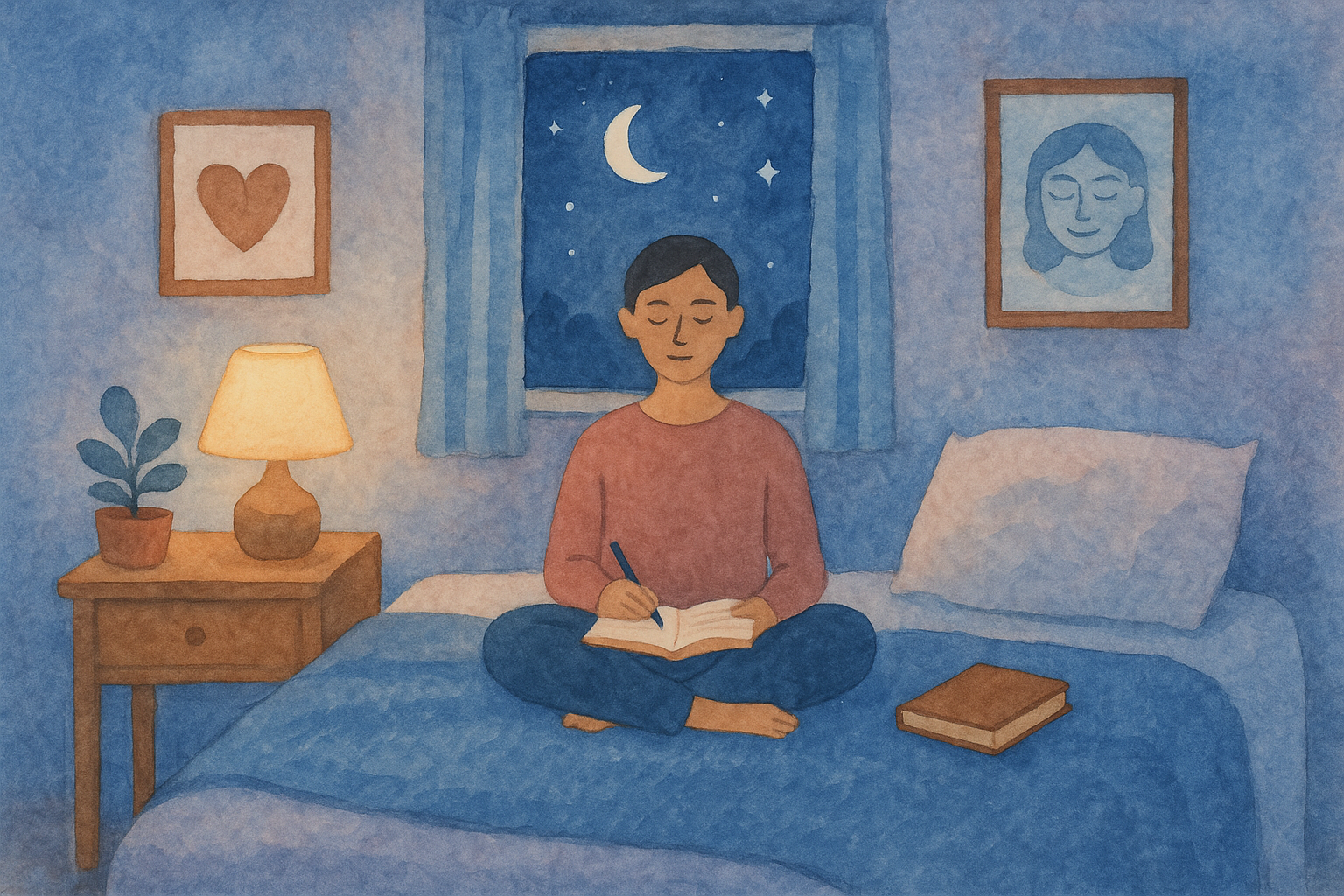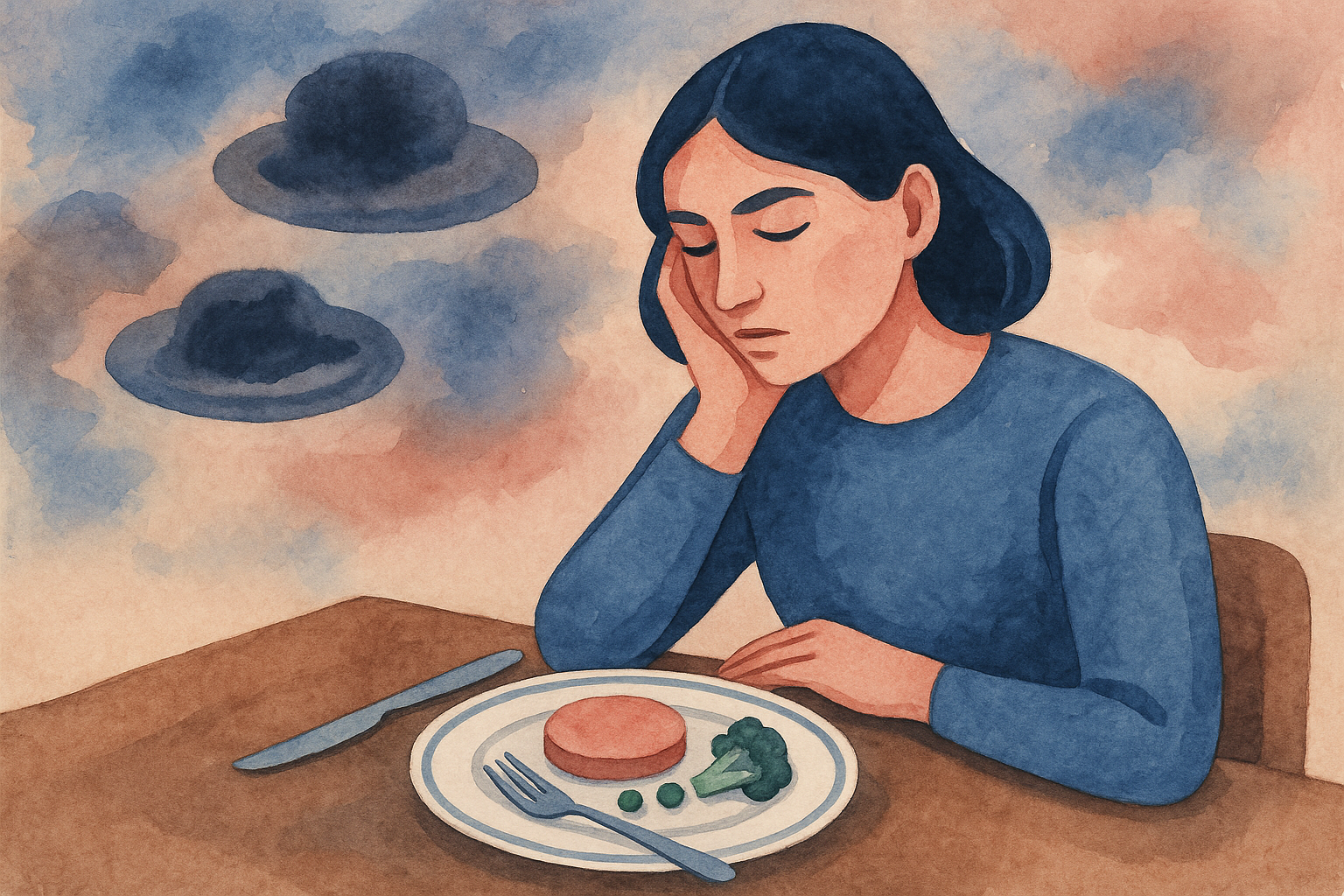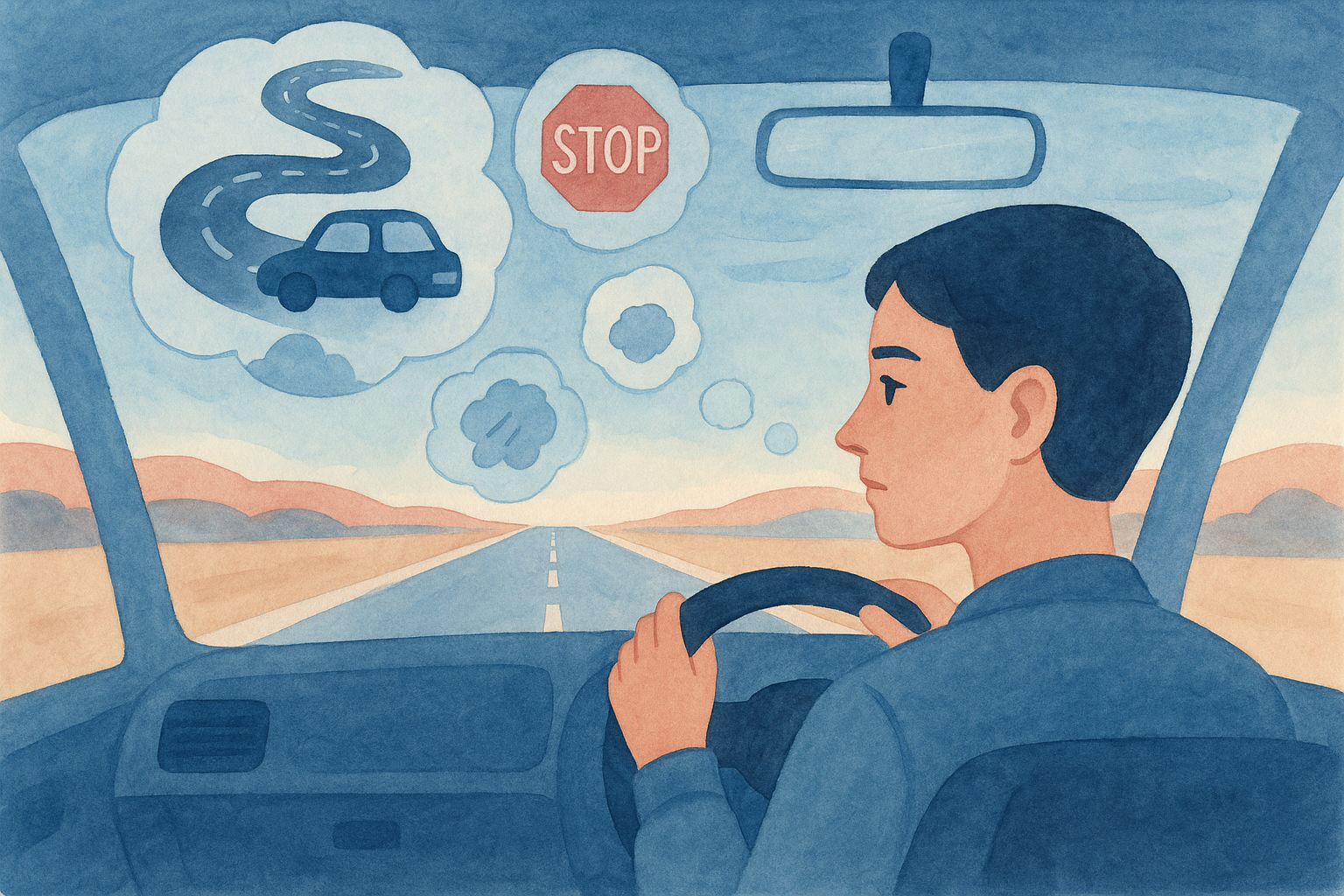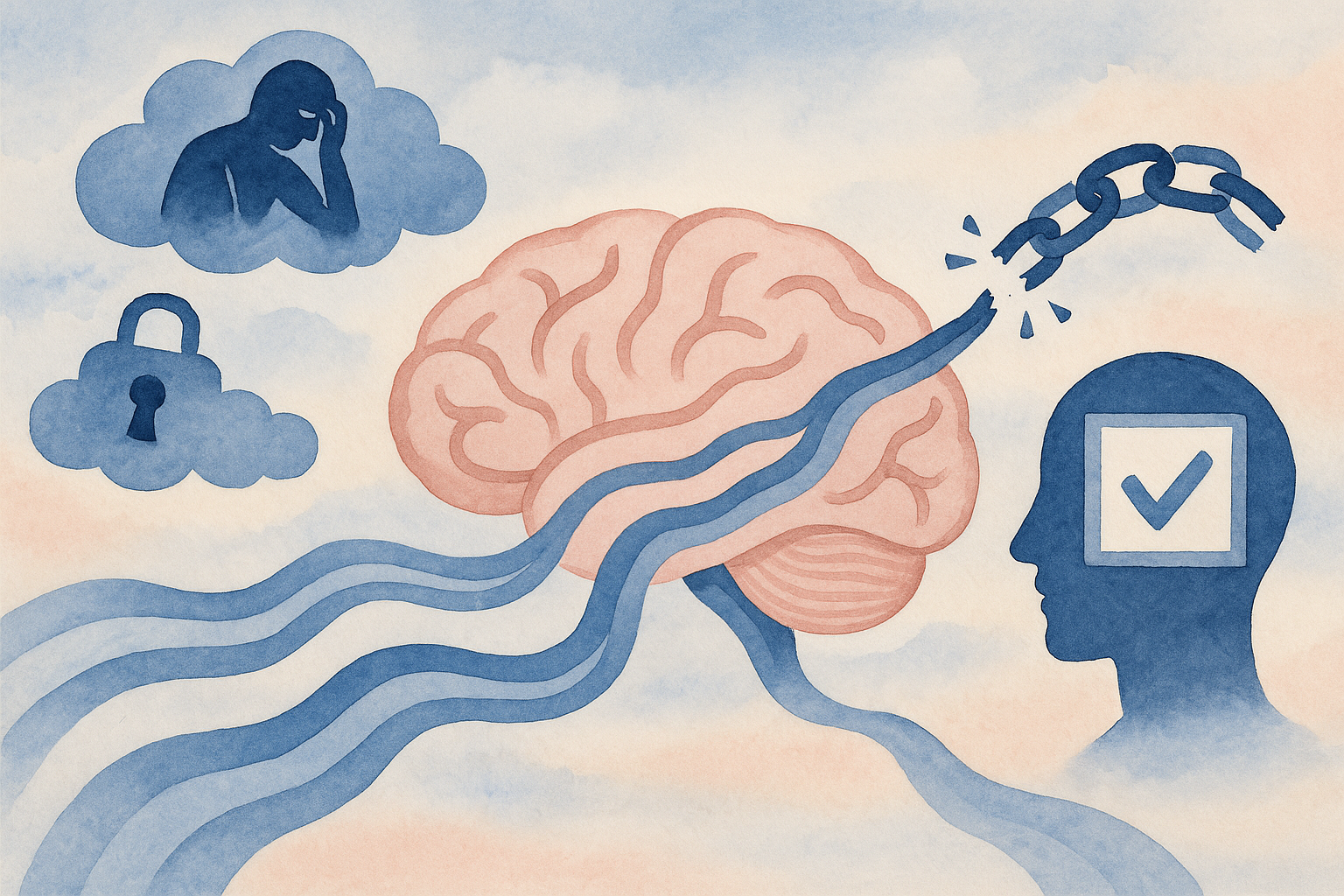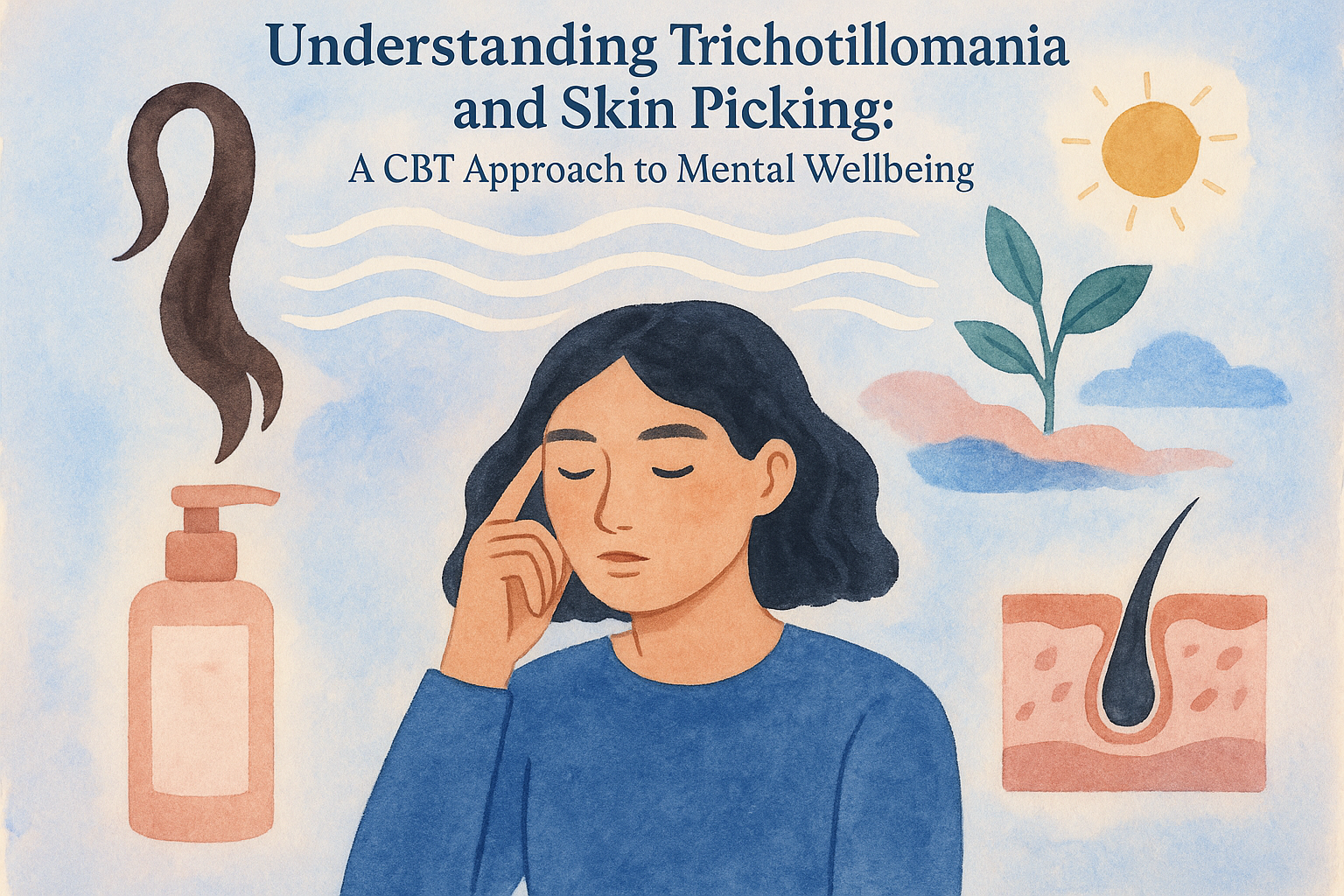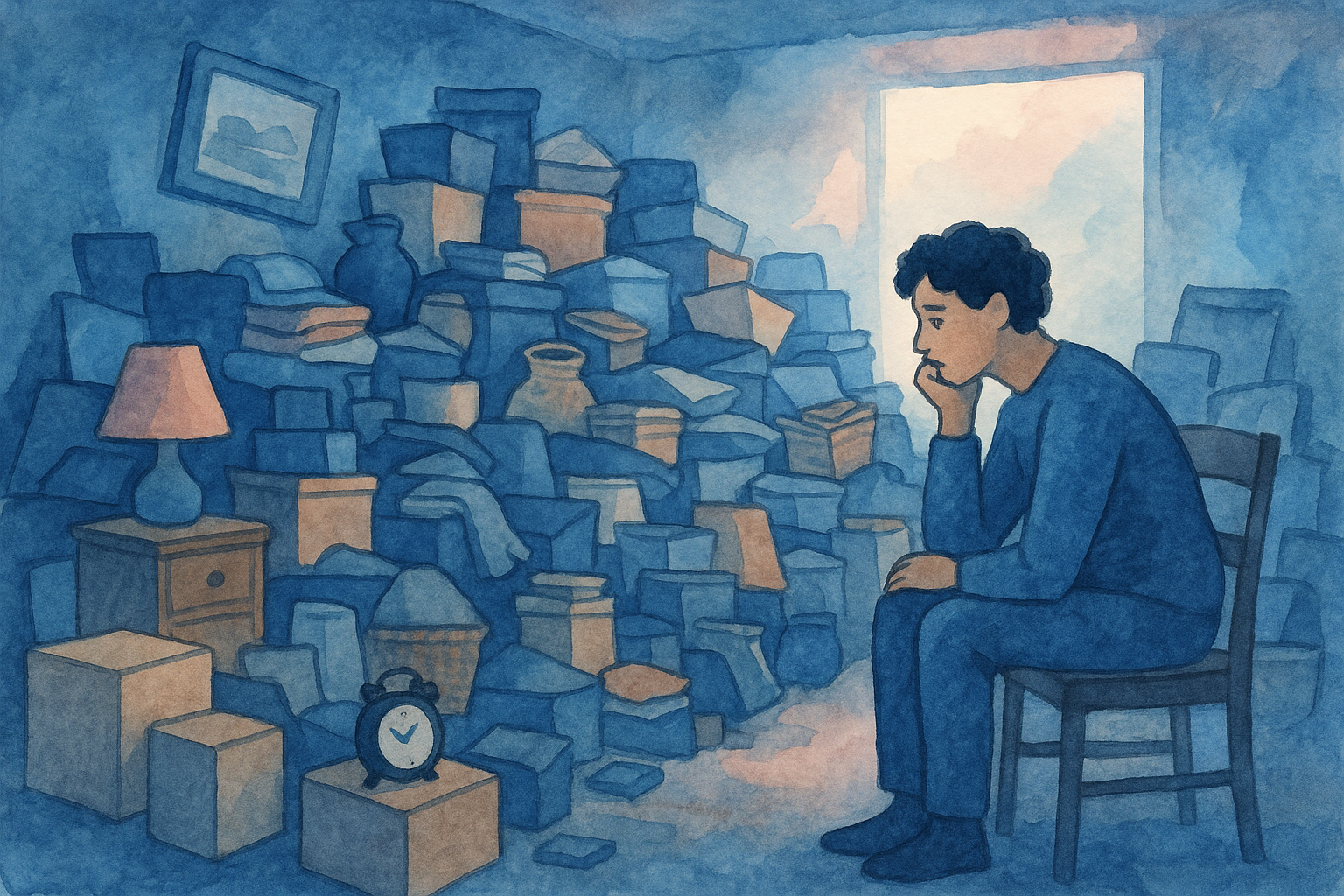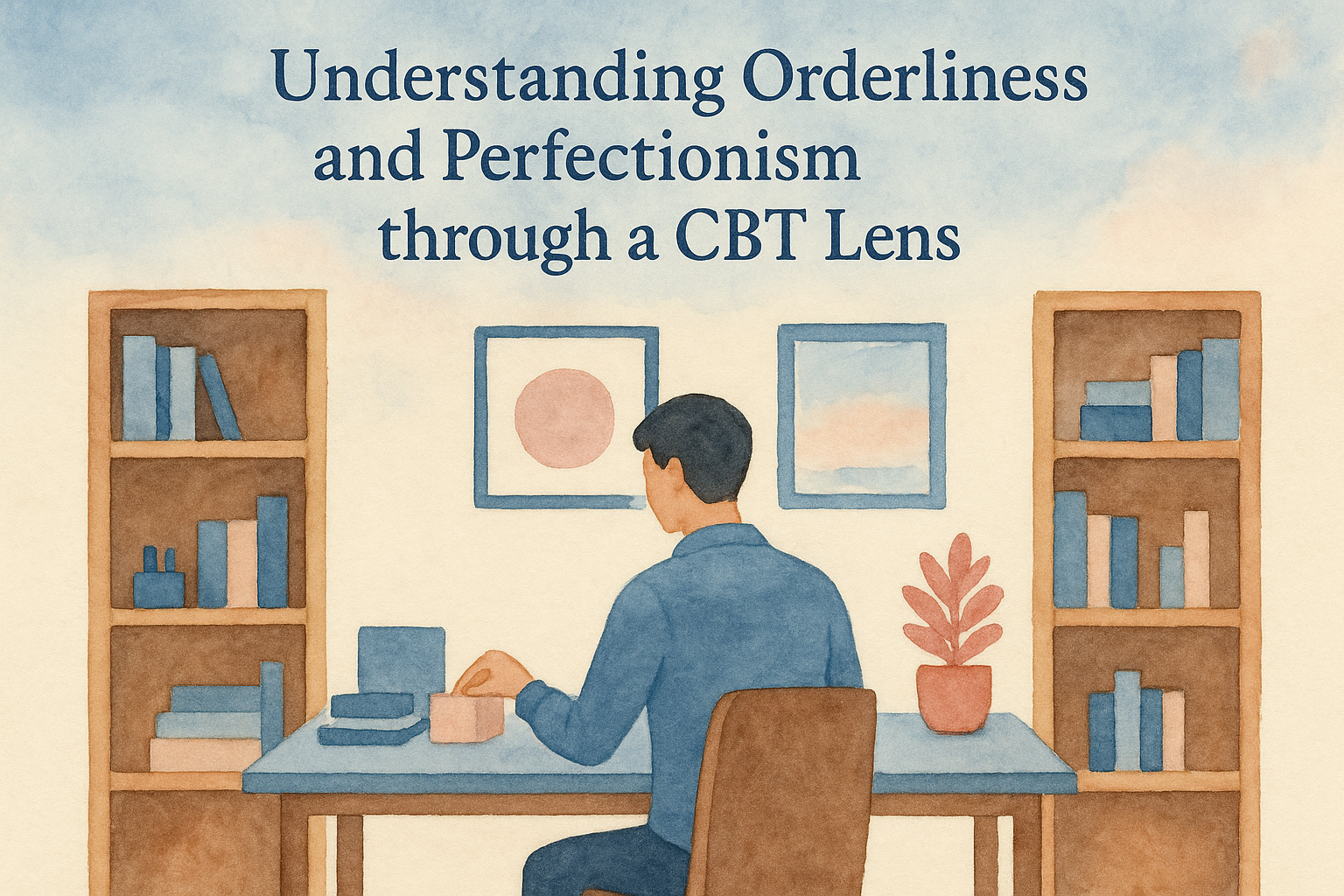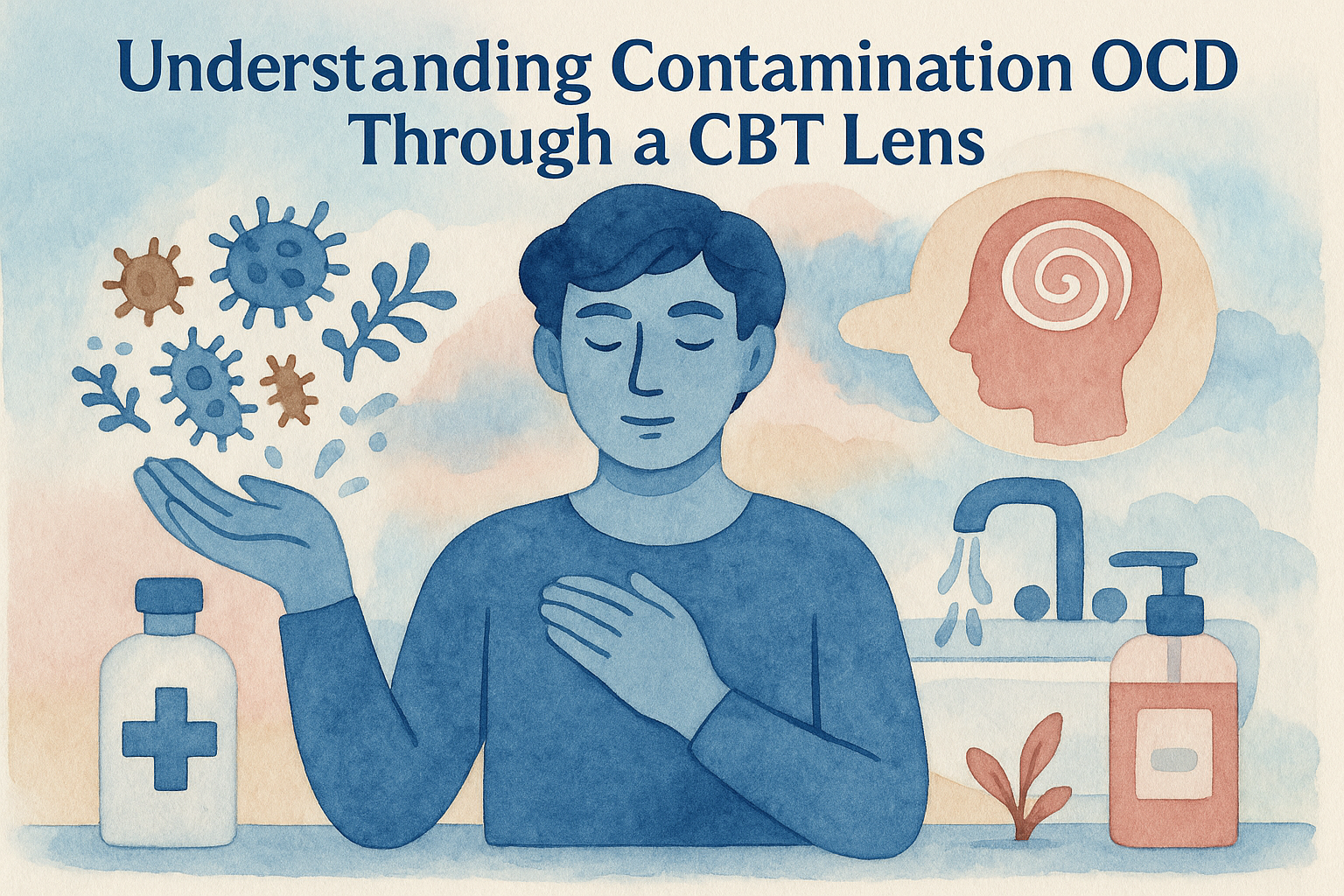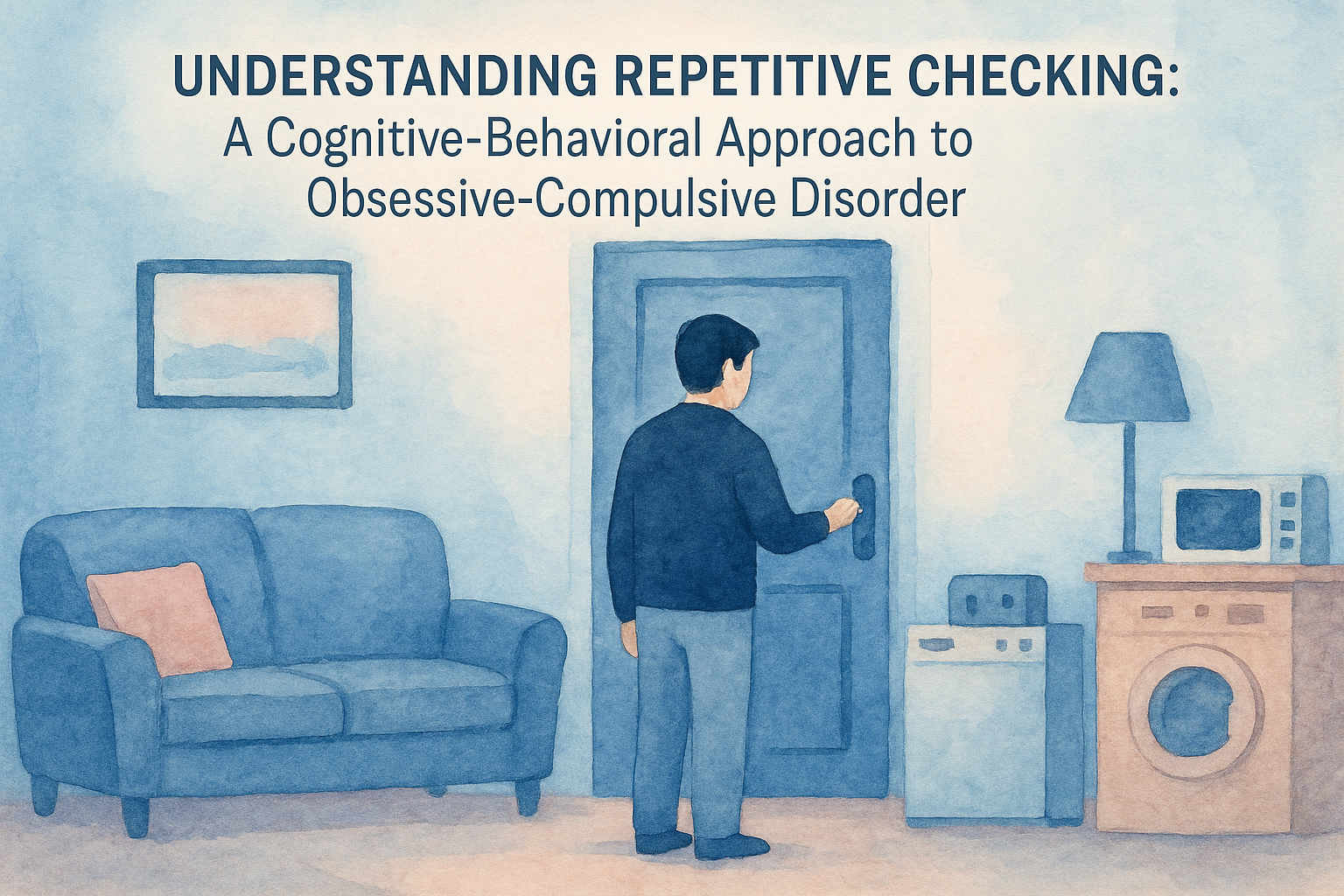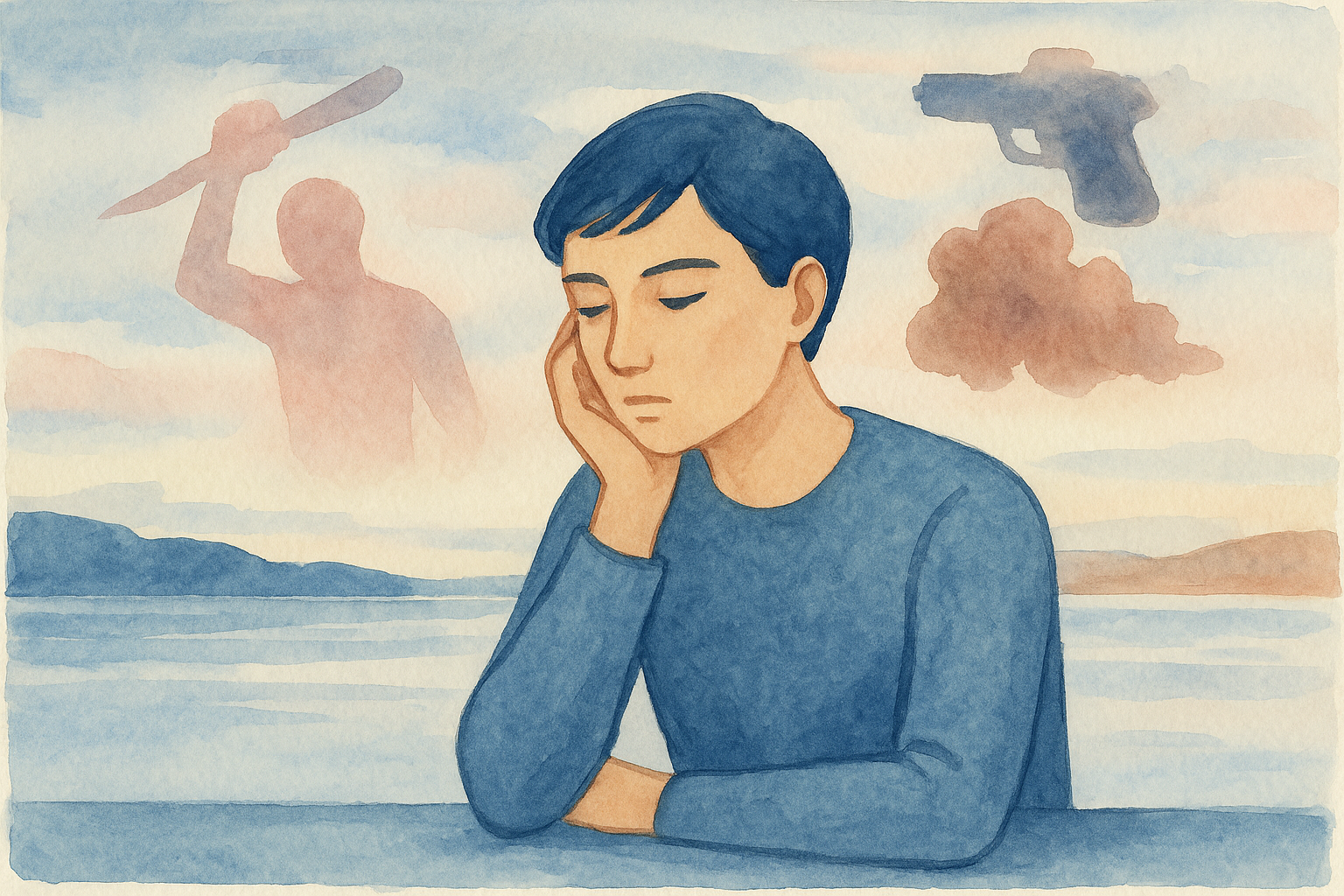Sleep OCD and nighttime anxiety can create significant distress at bedtime, impacting overall mental well-being. This article explores the connection between obsessive thoughts, sleep rituals, and insomnia while examining a cognitive-behavioral approach to identify and challenge maladaptive beliefs, promoting resilience and emotional well-being.
The Cycle of Obsessions and Compulsions at Bedtime
Sleep OCD often presents itself as an intricate web of obsessions and compulsions, particularly at bedtime, where thoughts can spiral out of control. For many individuals, this cycle begins with intrusive thoughts that seize hold of the mind as the day winds down. These thoughts can be unsettling and often center around fears of something terrible happening, like leaving the stove on, intruders, or committing a social faux pas. As evening falls, the mind becomes a battleground where these intrusive thoughts clash with the need for rest.
Take Sarah, for instance. Every night before bed, she finds herself consumed by a relentless stream of thoughts about whether she locked her front door. Even after double-checking, she experiences an overwhelming need to check multiple times again, spiraling into a cycle of compulsive reassurance-seeking. Each trip to the door is marked by a frenzied heart rate and the gnawing fear that something catastrophic could occur if she fails to ascertain her safety. This behavior not only prolongs her nighttime routine, stealing precious sleep, but it also amplifies her anxiety, leaving her tense and on edge, both at bedtime and throughout the day.
Compulsive checking behaviors, much like Sarah’s, manifest in various forms. For others, it may involve examining electrical appliances, ensuring that the windows are tightly sealed, or revisiting previous conversations to avoid saying something that might lead to unresolvable conflicts. These actions are fuelled by obsessions that leave little room for rational thinking. The involuntary nature of these thoughts drives individuals toward exhaustive rituals that they believe will provide a modicum of control over their fears. Ironically, these rituals often perpetuate a cycle of anxiety, creating more distress as the bedtime approach reveals the extent of their compulsions.
As the disrupted cycle further entrenches itself, the emotional toll becomes increasingly evident. Individuals suffering from sleep OCD often report feelings of isolation, despair, and frustration. For instance, Michael could not tolerate the thought of lying in bed without performing his pre-sleep rituals. He finds himself in an emotionally frustrating loop—knowing that he will struggle to fall asleep unless he meticulously follows his routine, yet these rituals only heighten his nighttime anxiety. In moments of vulnerability, he may even berate himself for his inability to restore a sense of normalcy to his bedtime experience, which only solidifies the distressing nature of his compulsions.
In essence, the cumulative effects of these rituals lead to chronic insomnia. What should be a natural process of winding down and surrendering to sleep transforms into an arduous ordeal filled with dread and anticipation of failure. This vicious cycle leaves individuals tossing and turning in anxiety, feeling physically and mentally exhausted, yet unable to attain the restorative sleep their bodies desperately crave.
Having an acute awareness of these patterns is crucial for anyone struggling with sleep OCD. Recognizing the cycle of obsessions and compulsions allows individuals to confront their beliefs and behaviors actively. Simply becoming aware of these patterns can be a powerful first step. It can clarify how intrusive thoughts manifest during the bedtime routine, encouraging individuals to take a step back and analyze their thought processes.
Cognitive Behavioral Therapy (CBT) serves as an effective framework for guiding individuals through identifying, challenging, and reframing their irrational beliefs surrounding sleep and safety. CBT techniques can empower individuals to assess the credibility of their thoughts and learn strategies for management and change. For Sarah, this could mean keeping a thought journal to document each intrusive thought that arises before sleep, noting her response mechanisms. Over time, she may identify the patterns in her thoughts and gain insight into how they escalate into obsessive behaviors.
Moreover, understanding the impact of compulsive behavior on sleep quality can motivate individuals to seek help. Knowledge serves as a soft light in the darkness of anxiety, illuminating the path toward healthier sleep practices. Building a support network and discussing experiences openly can also help individuals recognize they are not alone in their struggles.
Ultimately, the recognition of the cycle of obsessions and compulsions and its emotional toll is vital in reclaiming restful nights. By developing a deeper understanding of their behaviors and thoughts, individuals can learn to counteract the distress that has invaded their bedtime routine. Addressing these compulsions with a sense of understanding and methodology can make significant strides toward improving sleep quality, paving a way toward a more peaceful and stable relationship with sleep.
Reframing Bedtime Rituals and Managing Anxiety
Reframing bedtime rituals is a critical step for individuals struggling with Sleep OCD and nighttime anxiety. Cognitive Behavioral Therapy (CBT) offers practical tools to transform maladaptive habits into supportive practices that can enhance sleep quality and reduce anxiety. One of the most effective strategies in CBT is the reframing of thoughts related to bedtime. By challenging existing beliefs about sleep and adopting healthier perspectives, individuals can create an environment conducive to relaxation and rest.
A significant component of bedtime rituals in those experiencing sleep OCD is the compulsive checking behavior. This habit often stems from intrusive thoughts that create a heightened sense of doubt regarding safety, cleanliness, or preparedness for the next day. For instance, someone may feel compelled to check that all the doors are locked multiple times before settling down for the night. This checking can become a prolonged ritual that delays sleep and feeds anxiety. To reframe these rituals, it is important to recognize the underlying thoughts driving them and to replace those thoughts with more balanced and realistic statements.
One practical step to facilitate this reframing is through journaling. Encouraging individuals to write down their intrusive thoughts and the compulsions that accompany them can help identify patterns and triggers. For example, a person might note: “I feel anxious if I don’t check my locks five times, believing that something will happen if I don’t.” By laying out these thoughts on paper, individuals can start to question their validity. Are five checks really necessary, or is this an exaggerated response to anxiety? By documenting their feelings and behaviors, individuals can begin to see the irrationality of their thoughts and reframe them into more manageable beliefs.
Another effective technique is to adopt a flexible bedtime routine that promotes relaxation rather than compulsion. Rigid routines often stem from a need for control, which can lead to increased anxiety when deviations occur. Instead, individuals can establish a consistent, yet flexible pre-bedtime approach. This could involve activities such as reading a calming book, practicing mindfulness, or engaging in light stretches. The goal is to create a routine that feels comforting but allows room for adjustment. For example, setting aside thirty minutes for a calming activity before bed can be a supportive way to signal to the body that it is time to wind down, without the rigidity that can exacerbate anxiety.
Cognitive reframing strategies can also facilitate a healthier mindset around sleep. One effective method involves the use of positive affirmations or constructive self-talk. Replace negative thoughts, such as “I will never be able to sleep,” with encouraging phrases like, “I am capable of finding calm and rest.” This shift can cultivate a greater sense of self-efficacy and decrease anxiety surrounding pre-sleep rituals. During journaling, individuals can note their affirmations and revisit them regularly, allowing the positive reinforcements to sink in over time.
Furthermore, individuals can work on confronting their fears directly. Engaging in exposure tasks—where an individual allows themselves to experience their fears head-on—can desensitize reactive feelings. This might entail intentionally skipping the checking routines once a week to build tolerance toward anxiety. For example, if someone typically checks the stove before bed multiple times, they could intentionally allow themselves to check it once and then proceed to bed. This can be anxiety-provoking at first, but it offers valuable experiential evidence that the feared consequence (e.g., the house burning down) is less likely than the individual believes.
Additionally, pairing these techniques with relaxation practices such as deep breathing or progressive muscle relaxation can be beneficial. These practices help to ground the individual in the present, shifting the focus away from negative obsessions. Establishing a winding down period that incorporates relaxation techniques can serve as a buffer between stressful thoughts and the transition to sleep.
As individuals begin to implement these strategies, it is essential to cultivate a mindset of patience and understanding. Change takes time, and setbacks can occur. The objective is not to eliminate all nighttime anxiety or obsessions but to manage them effectively. Through consistent application of CBT techniques, individuals can gradually transform their sleep experience from one filled with dread and checking, to one characterized by peace and acceptance.
By reframing bedtime rituals and managing anxiety, individuals can reclaim their nights and cultivate a healthier relationship with sleep. These practical approaches are not only beneficial in addressing Sleep OCD but also foster a lifelong strategy for managing anxiety in various aspects of life. As individuals learn to navigate their beliefs and practices around sleep, they move closer to a restful night’s sleep and overall mental well-being.
Building Resilience Through Understanding and Flexibility
Building emotional resilience is essential in managing Sleep OCD and nighttime anxiety, particularly when one considers the intricate interplay of beliefs that fuel obsessive thoughts and compulsive bedtime rituals. Many individuals grappling with insomnia stemming from obsessions find themselves trapped in a cycle of anxiety that escalates as bedtime approaches. The key to mitigating this cycle lies in fostering a deeper understanding of these beliefs and cultivating a flexible mindset that empowers change.
Understanding the beliefs underpinning Sleep OCD is critical. For many, these beliefs manifest as fears of catastrophic outcomes, leading to elaborate bedtime rituals designed to ‘protect’ oneself from imagined threats. For example, someone might engage in excessive checking behaviors—ensuring that doors are locked, appliances are turned off, or that any potential source of danger is eliminated. These actions, while intended to alleviate anxiety, often perpetuate a sense of fear and urgency that ultimately leads to insomnia. Cognitive Behavioral Therapy (CBT) provides effective strategies to challenge these maladaptive beliefs.
Consider the case study of Emily, a 32-year-old woman who struggled with extreme anxiety at night. Every evening, Emily would spend hours checking that her windows and doors were secure, convinced that if she missed one spot, her safety would be compromised. This pattern diminished her capacity to fall asleep, leading to sleep deprivation and emotional distress. Through CBT, Emily learned to identify her irrational beliefs—specifically, that her checking was the only way to ensure her safety. With the guidance of her therapist, Emily began to experiment with flexible thinking. Instead of performing her habitual checks, she practiced confronting her fears directly, acknowledging the difference between what was within her control and what wasn’t.
After several weeks, Emily made significant progress. By implementing exposure therapy techniques—gradually reducing her checking behaviors—she noticed a decrease in her anxiety. By challenging the belief that omitting a check could have severe repercussions, she cultivated resilience against her obsessive thoughts. With time, she learned the importance of accepting uncertainty as a natural part of life, a perspective that contributed to her emotional resilience.
Another powerful example is that of Mark, a 27-year-old who perceived nighttime as an opportunity for his mind to spiral into a cycle of negative thoughts. As bedtime approached, Mark was gripped by intense fears concerning his worth and future. He developed strict rituals, like self-affirmations that spiraled into overthinking, which transformed bedtime into an exhausting battle against his mind. Through CBT techniques focused on cognitive restructuring, Mark learned to replace distorted thoughts with more realistic perspectives. When confronted by a negative thought, he would ask himself a series of guided questions: “Is this thought based on fact? What evidence supports or contradicts this thought?”
These reflective exercises not only facilitated emotional resilience but also instilled flexibility in Mark’s thought patterns. As he cultivated a habit of questioning his obsessive beliefs, he found it easier to dismiss the unhelpful thoughts that had previously dominated his pre-sleep routine. In time, he discovered relaxation strategies—like mindfulness meditation—that allowed him to embrace the present moment, considerably reducing his nighttime anxiety and improving his sleep quality.
Moreover, testimonials from various individuals illustrate that the journey toward improved mental well-being is often not linear but requires ongoing effort, patience, and flexibility. Take the story of Jenna, who found herself in a similar predicament; her struggle with nighttime anxiety involved intrusive thoughts about her loved ones’ safety during her sleep. Through a combination of CBT and developing a routine that included journaling her thoughts before bed, she began to draw valuable insights into the patterns of her anxiety.
Over time, Jenna learned the transformative power of flexibility in her thinking. Instead of rigidly adhering to her fears about safety, she practiced acceptance by acknowledging the unpredictability of life beyond her control. This shift not only eased her anxiety but also enriched her relationships during daytime, as she was no longer spend countless hours preparing for scenarios that may never occur. Each of these journeys underscores the remarkable impact that understanding obsessive beliefs and fostering emotional resilience can have on one’s life.
In fostering resilience, embracing flexibility becomes a key component in managing nighttime anxiety and Sleep OCD. This flexibility enables individuals to challenge and reframe the rigid thought patterns that bind them in a cycle of insomnia. As they embark on this cognitive journey, they discover the value of self-compassion and acceptance. It is essential to remember that building this resilience is an ongoing process, with each small step contributing to an improved sense of mental well-being and quality sleep.
Conclusions
Addressing sleep OCD and nighttime anxiety through a cognitive-behavioral lens can transform one’s beliefs and thinking patterns. By fostering an understanding of these connections, individuals can develop healthier rituals and find peace at bedtime, ultimately improving their overall quality of life.
